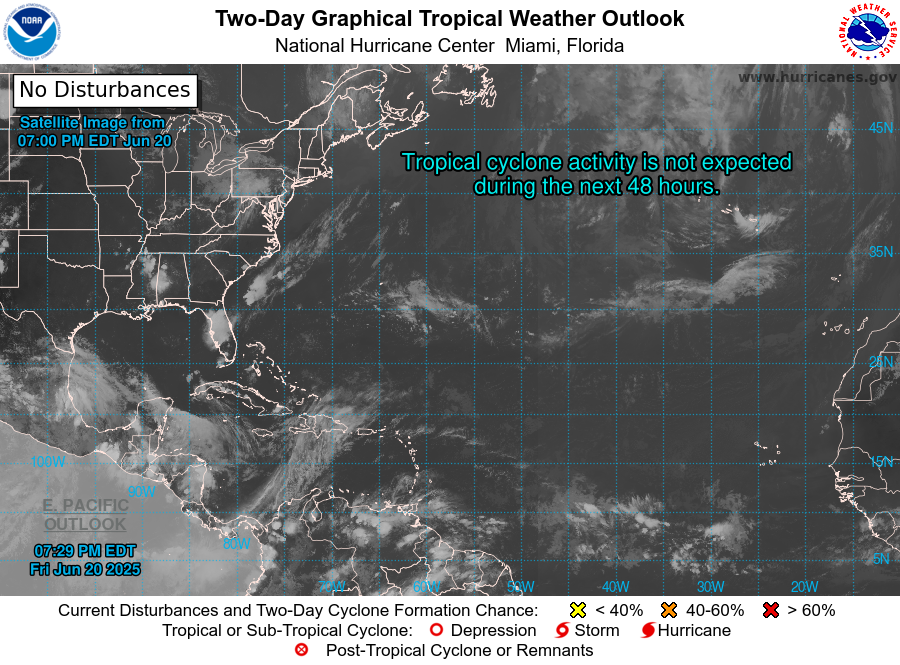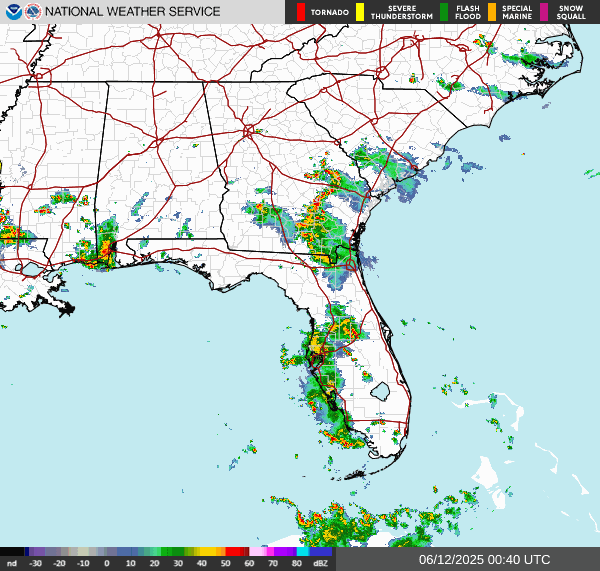
HURRICANE SEASON & INFORMATION
Hurricanes, Typhoons and Tropical Cyclones
2025 ATLANTIC HURRICANE SEASON FORECAST
Residents along the Atlantic and Gulf coasts should brace for potentially another busy hurricane season, according to the first two major forecasts released for 2025. Both AccuWeather and experts at Colorado State University (CSU) are predicting storm activity significantly above the historical average.
(CSU) Colorado State University forecasting:
(17) Named Storms, (9) Hurricanes, (4) Major Hurricanes to reach Category 3 or higher.
There's a 51% chance of a major hurricane making landfall somewhere along the U.S. coastline, with a higher probability along the Gulf Coast (33%) than the East Coast (26%).
AccuWeather’s forecast expresses particular concern, noting that "early indications have forecasters worried that it will have similarities to the 2024 season, which was one of the most devastating and costliest on record." A primary driver behind these predictions is the exceptionally warm ocean water. "Water temperatures across the ocean, as well as in the Gulf and Caribbean, are already well above historical averages," AccuWeather stated, adding that these conditions "will prime storms for explosive development."
2025 CENTRAL PACIFIC HURRICANE SEASON FORCAST
The 2025 Central Pacific Hurricane Season, officially begins on May 15, 2025, and ends on November 30, 2025. AccuWeather is calling for 13 to 18 named storms, but 7 to 10 of those will strengthen into hurricanes. Of those, three to five could intensify into major hurricanes
HURRICANES, TYPHOONS & TROPICAL CYCLONES
Hurricanes, Typhoons and Tropical Cyclones are essentially the same weather phenomenon. They are all large tropical storm systems that revolve around an area of low pressure and produce heavy rain and wind speeds exceeding 74 mph (119 kph). The difference in their names is purely geographic.
Called 'Hurricanes' when they develop over the North Atlantic, central North Pacific.
In Eastern North Pacific, these rotating storms are known as 'Cyclones' when they form over the South Pacific and Indian Ocean, and 'Typhoons' when they develop in the Northwest Pacific.



